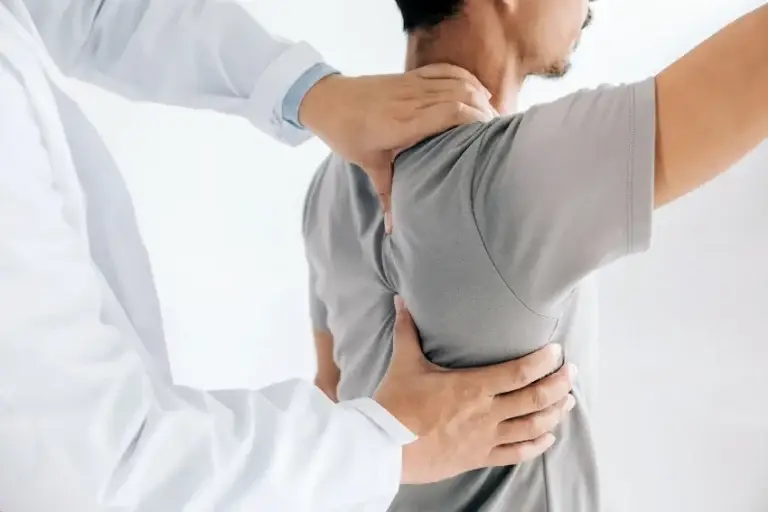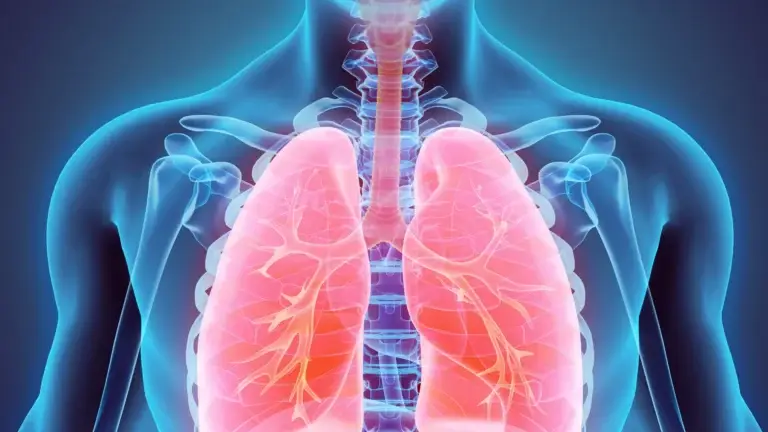Golf is a popular sport enjoyed by people of all ages and skill levels. However, despite its seemingly gentle nature, it carries injury risks, especially due to repetitive movements and mechanical stresses involved in the swing. Understanding common injuries, knowing how to prevent them, and managing recovery are essential for playing this sport safely and sustainably.
Common Golf Injuries
The golf swing, though technical and precise, can cause several types of injuries due to repetitive motions and forces exerted on specific body areas:
- Golfer’s elbow (medial epicondylitis): Inflammation of the tendons on the inside of the elbow caused by repetitive strain during the swing.
- Shoulder tendinitis: Repeated use can cause inflammation of the shoulder tendons, leading to pain and limited mobility.
- Lower back pain: Intense trunk rotation and bending can cause muscle strains or injury in the lower back.
- Wrist injuries: The wrist undergoes significant impact at ball contact, possibly causing conditions like De Quervain’s tenosynovitis.
- Knee injuries: Repeated twisting and pressure can lead to pain or patellar tendinitis.
Preventing Golf Injuries
To reduce injury risk, it’s important to take a proactive approach:
- Warm-up and stretching: Prepare muscles and joints before playing with specific exercises to improve flexibility and reduce injury risk.
- Proper technique and posture: Learn and maintain correct form, possibly with a coach’s help, to limit excessive strain on the body.
- Muscle strengthening: Strengthen the core, arms, and back to balance forces and protect joints.
- Limit the number of swings: Avoid excessive fatigue by moderating practice session lengths.
- Use appropriate equipment: Clubs of the correct size and comfortable shoes ensure better control and reduce injury risk.
Recovery from Golf Injuries
If injury occurs, proper management is crucial for optimal return to play:
- Rest: Allow time for tissue healing by avoiding strain.
- Physical therapy: Consult a professional for targeted treatment, including massage, stretching, and specific exercises.
- Medication: Anti-inflammatory drugs or pain relievers may be prescribed if necessary.
- Rehabilitation: Follow a progressive program aimed at restoring strength, mobility, and function before resuming golf.
Conclusion
Golf is a sport that benefits physical and mental health but carries injury risks related to repetitive movements and mechanical stresses. Prevention through proper warm-up, technique, muscle strengthening, and suitable equipment is key to avoiding problems. In case of injury, adequate rest, professional care, and well-managed rehabilitation help you return quickly to safe and enjoyable play. Play smart, listen to your body, and fully enjoy the benefits of golf!











